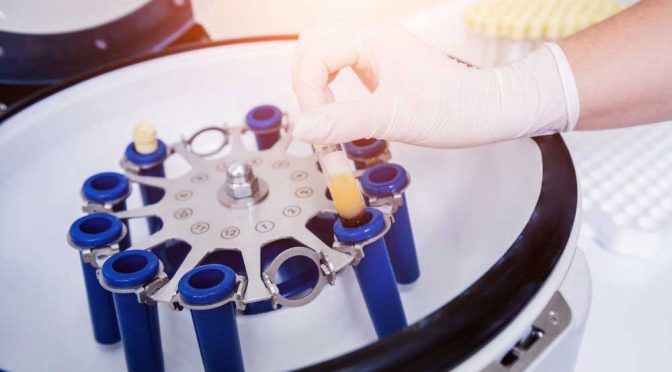 Have you been living with chronic pain? Whether you’ve been living with pain for months or years, you know how exhausting pain can become over time. It can take the enjoyment out of everyday activities such as exercise and hobbies, or even simple pleasures such as eating and sleeping. Chronic pain can be the result of chronic conditions such as arthritis for example, or sometimes seem to have no cause at all. If you’re looking for a new pain management tool that can assist in getting your life back to normal, perineural therapy may be a great fit for you.
Have you been living with chronic pain? Whether you’ve been living with pain for months or years, you know how exhausting pain can become over time. It can take the enjoyment out of everyday activities such as exercise and hobbies, or even simple pleasures such as eating and sleeping. Chronic pain can be the result of chronic conditions such as arthritis for example, or sometimes seem to have no cause at all. If you’re looking for a new pain management tool that can assist in getting your life back to normal, perineural therapy may be a great fit for you.
What Is Perineural Therapy and How Does it Work?
Perineural therapy works by targeting the nerves that cause pain. It is minimally invasive and a drug-free pain management therapy, which is appealing to those who want a break from drug therapies or are not open to drug therapies in general. The therapy works by injecting a small isotonic amount of dextrose, a plant-based sugar, in water around inflamed nerves. Dextrose is even safe for use in diabetic patients, making it a great option for those who suffer from Diabetic Neuropathy (a type of nerve damage that can occur from having diabetes).
If you have read up on Prolotherapy , you’ll understand why prolotherapy and perineural therapy are often combined to cover complex pain origins. Prolotherapy is a pain management treatment that reaches deeper into ligaments, whereas perineural therapy is administered just under the skin.
The targeted nerves which are responsible for pain transmission are called sensocrine nociceptors. The common issue that occurs with patients who live with chronic pain is that these nerve endings are misfiring and are sending continuous nerve impulses which the brain experiences as pain. This misfiring causes the nerve endings to become tender and inflamed, also leading to pain. Essentially, the dextrose solution injected during the perineural therapy acts to block pain channels and stop the misfiring. It also works to soothe the inflammation of the nerve endings as a result.
What Can I Expect from a Perineural Therapy?
As always at the American Regenerative Clinic, we’ll schedule an initial consultation to discover the reason behind your chronic pain condition and ensure that perineural therapy is the right treatment plan for you. At the core of regenerative medicine is a functional medicine approach. Functional medicine involves looking at each patient holistically and taking a systems-oriented approach which allows practitioners and patients to collaborate on addressing the underlying causes of their disease, ailments, or symptoms.
In terms of what to expect, a perineural therapy session is only a few minutes long. The process involves an examination, marking, and then injections of the dextrose solution beneath the skin. Patients can experience some soreness or bruising at the injection site, but this usually resolves itself within a day or two and there is no downtime after the procedure. Usually, several injections are made in the painful area per treatment.
Patients typically notice diminished pain from a few hours to a few days after the first treatment, which is a great sign that the treatment is working well. Usually, if the patient responds positively to the treatment, they return for more. The results are compounded in a way that allows the patient to experience less pain for longer each time. The ultimate goal is to continue the treatments until the pain is relieved permanently, which the majority of patients experience over time.
If you live with chronic pain and are looking for a new treatment option, perineural therapy could be right for you. C all us to book an appointment at the American Regenerative Clinic .



